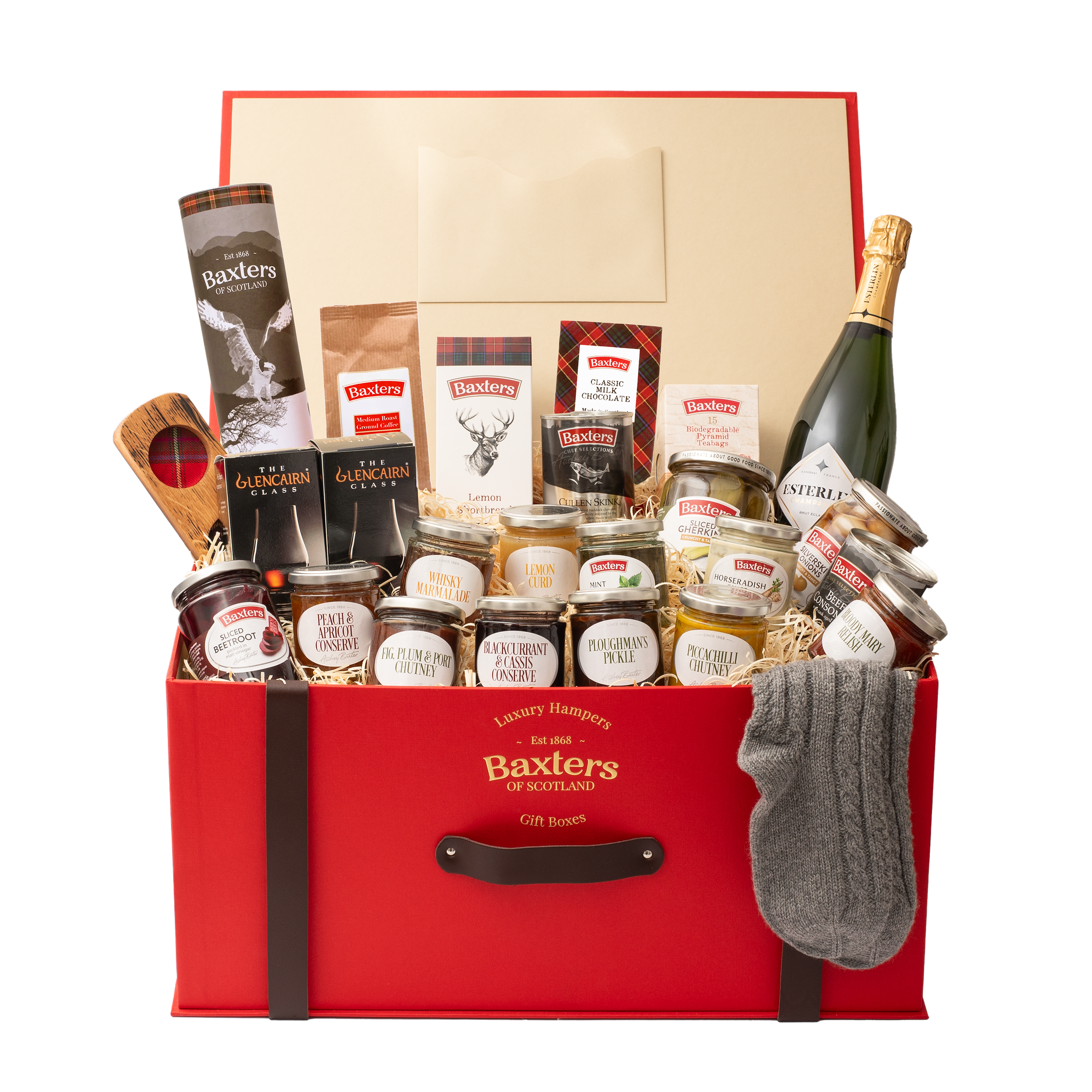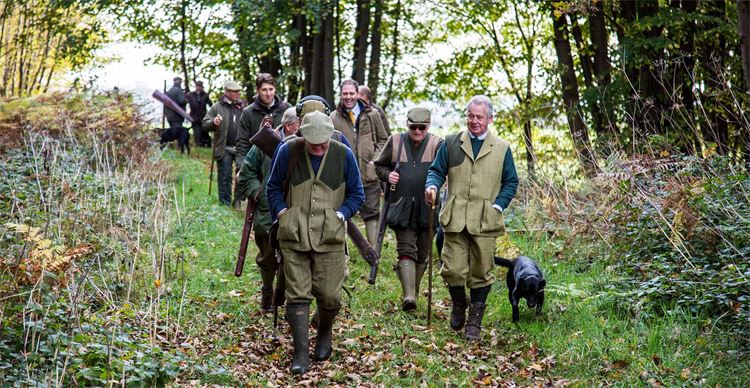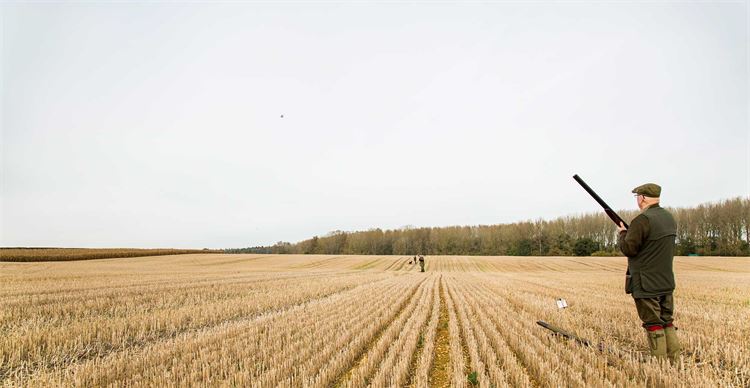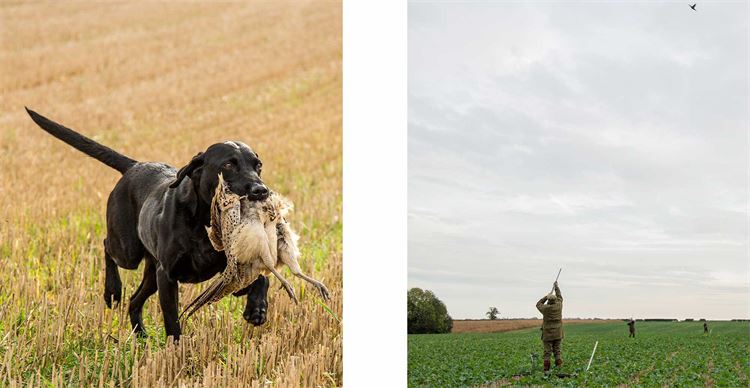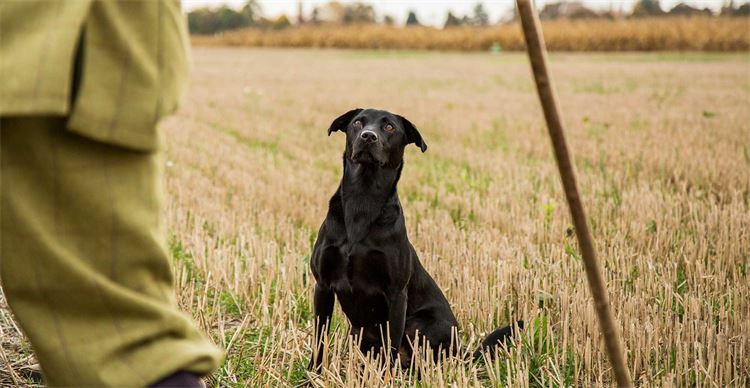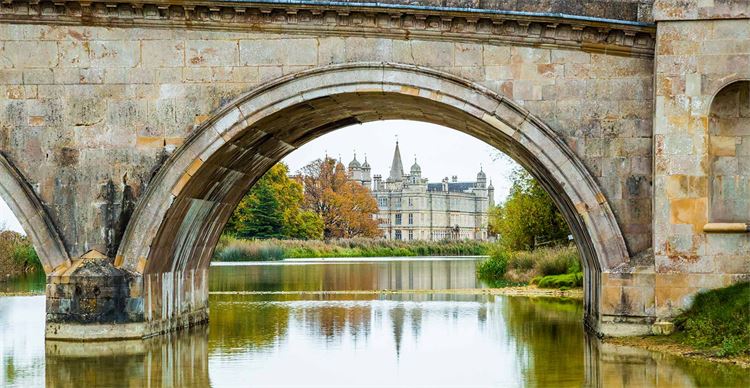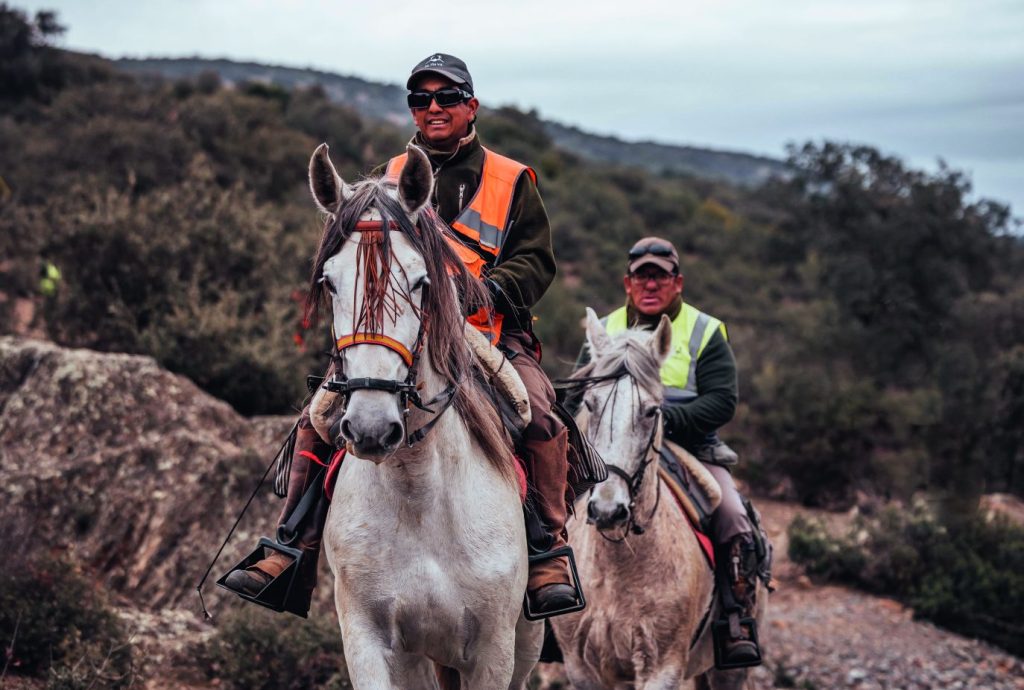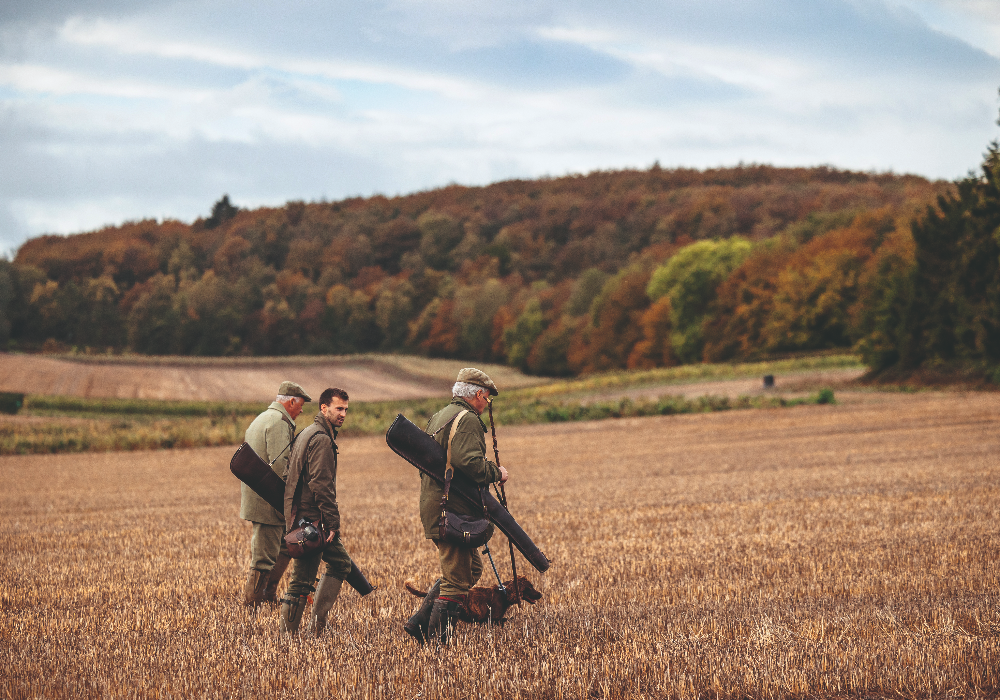Burghley Estate shoot
For the Burghley Estate Syndicate in South Lincolnshire, a day's shooting is all about the camaraderie, banter and laughter.
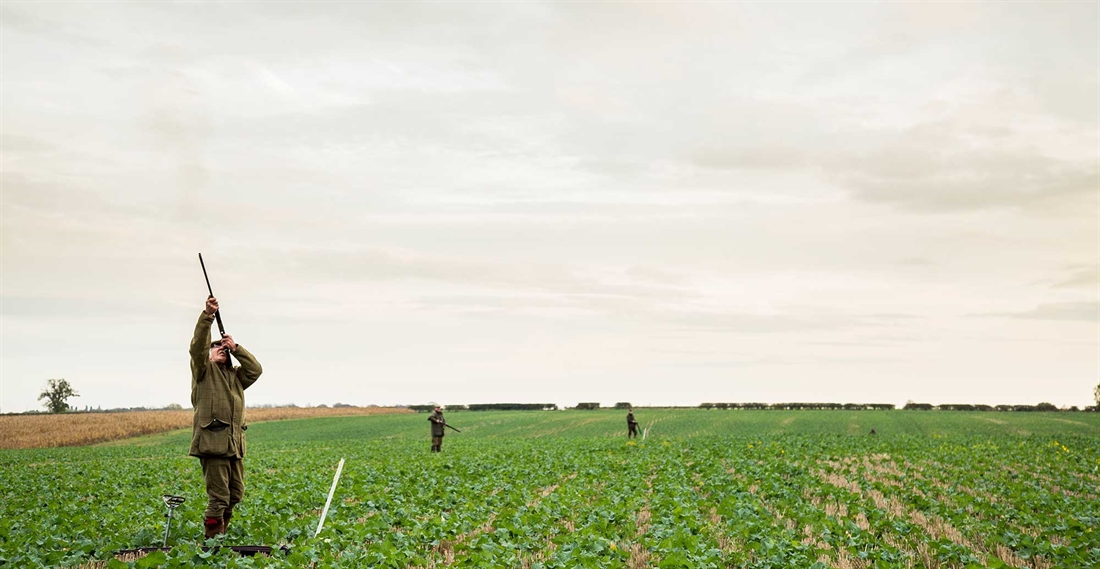
Syndicate shooting began in the mid-Victorian period, when groups of newly-rich but landless businessmen started to rent the sporting rights on estates within easy reach of towns and cities. Initially, those involved worked hard to create small walked-up shoots, but often struggled to cooperate with resident gamekeepers.
In Scotland, meanwhile, innovative Victorians gave wealthy professionals and businessmen the chance to form syndicates to rent or lease mixed shooting. This was popular. Word of mouth forced this concept to grow south of the border, too, until the outbreak of the First World War – many shoots during this time were scaled down or stopped altogether, but those that continued to operate saw the financial benefit of syndicate shooting and leased out further parts of their estates.
For example, the Elveden Estate in Suffolk leased out 5,000 acres of ground to a seven-Gun syndicate, and the Wilton Estate in Wiltshire divided 44,000 acres between three shooting parties.
The Second World War also took its toll on game shoots up and down the country, but by the 1950s the syndicate shoot concept really started to take off. Groups of Guns were now able to rent driven sporting rights from farmers and landowners (some of whom even secured a peg in the syndicate as part of the deal), and employed their own keepers, beaters and pickers-up – much in the same way syndicates are run today.
English country house estates began to take note of this, and formed small private syndicate shoots comprised of paying Guns as a means of defraying operating costs – the majority of which are still in situ today. Burghley House, a shoot I was lucky enough to visit last season, is a prime example.
Situated in South Lincolnshire, the Burghley Estate has varied terrain that lends itself to diverse game shooting. You could, for example, be shooting redleg partridges driven over hedgrows in the morning, and then be tackling tall pheasants in beautiful Capability Brown parkland in the afternoon. The estate puts on seven let days, 16 syndicate days and a beaters’ day or two each year.
A day with the syndicate
The drill was clear, I was to meet the team of 10 Guns at 8am on the dot for a hearty full English breakfast at Burghley Park Golf Club – the perfect way to start any day’s shooting. As with all parties of regular Guns, this provided a good opportunity to catch up with friends and, of course, dish out plenty of mickey-taking.
With plates cleared, shoot captain Andrew West splayed out 10 playing cards and the team were invited to draw pegs. More mickey-taking followed about who was going to steal whose birds, before leaving the club in convoy to the Keeper’s Cottage where the gunbus awaited.
Things were looking promising for the day ahead as cartridge bags were filled and dogs were loaded into the trailer; overcast conditions and a relatively stiff breeze – perfect for partridges. And laughter was aplenty, too, as the trailer bumped and shuddered its way to a drive in the centre of the estate.
We drew to a halt and silence fell as Andrew gave the briefing. He touched on the ‘rules’ of the day, anticipated drives and – most importantly – safety.
Soon we were rustling through autumn leaves on foot, our party lessening as one by one the Guns stopped off at their respective pegs across a recently drilled field. Judging by the flat land, hedgerows to the front and horseshoe shape of the line, we were in prime redleg territory.
With the beaters having to blank in a large area of ground, there was plenty of time to chat with a couple of the Guns, take notes and ready the camera. I joined Ken Queenborough first, who has been part of the syndicate for the last three seasons. He was also joined by a family friend, Marek Kwisiuck, who is a member of another local syndicate, and they were to shoot on alternate drives for the day. “What I love about syndicate shooting is its flexibility,” said Ken, whilst scanning the top of the hedgerows for the first sign of partridges. “As you get to know the other Guns, the shoot captain and the keeper, people seem to become more accepting of each other’s needs and requirements – and for me, having the option to share a day makes it all the more enjoyable.
“I am a member of another syndicate, too, and I also take a handful of let days each year, but few places compare to shooting at Burghley. It’s such a privilege to be able to shoot in the grounds of an estate with such history, in the company of a great team who are just as passionate about shooting and the countryside as I am.”
At the other end of the line the first shots of the day rang out, and as I stepped away to compose my images, Ken too mounted his gun onto the lead partridge of a seven-bird covey – his first bird despatched cleanly for the table. A good number of coveys burst over the hedgerows in well-spaced intervals throughout the remainder of the drive, accompanied by the odd pheasant.
Thereafter, the wind all but disappeared. The second drive proved a challenge for keeper Dave Frisby and the beating team, with many birds deciding to glide low through the line. I half expected the mood to drop and grumbles to grow in frequency as we headed back to the gunbus, but while poor conditions can understandably cast an air of disappointment amongst a party on a normal let day, this was not the case here – banter was still being dished out left, right and centre and did not wane at any point.
“Yes, the weather is not so favourable today, but that doesn’t make a difference to us,” admitted Arthur Cullingworth, over the crunch of the stubble field underfoot. “Some things can’t be helped, and there is a risk when you spend good money on a let day that it doesn’t go as planned, rightfully making you feel disappointed. Whereas if I attend all eight days here, the odds are I will have some poor days weather wise, but there will be some exceptional days, too.”
A long, and incredibly filling elevenses at the Keeper’s Cottage was next on the agenda – which included Andrew’s wife Davina’s excellent apricot and chicken pastry bake, melted cheese and ham croissants, a selection of pies, cheese and cakes, and Mrs Queenborough’s delicious sausage rolls served with Arthur’s home-brewed sloe gin. And it was good to see the keeper, beaters and pickers-up mixing with the Guns (although many opted to take shelter in the warm hut fitted with a huge heater) and even add to some of the shoot-day banter – a relationship only really found on syndicate days.
The next two drives played out in the same way as the second – decent birds, but a number of low flyers. The 200-bird target was not going to be achieved, despite the best efforts of Dave and his team.
The final drive, however, really did prove to be a great crescendo. A little wind picked up that was to force the birds – the majority of which were now pheasants – higher over the line, which was spread evenly across a field of oilseed rape, bordered by a belt of trees on one side.
The team pulled down some fabulous and memorable birds, one of which had the whole line cheering and was the subject of excited chatter on the journey back to the vehicles.
The day might not have delivered the anticipated numbers, but the enjoyment, camaraderie and laughter made up for that.
A fitting end to the day.
The difference a day makes
On another visit, one might expect to be shooting on a drive or two in the parkland within the primary grounds of the stunning house – which in late summer/early autumn also plays host to the televised Land Rover Burghley Horse Trials.
Switching roles
Beating and picking-up for the syndicate also has its benefits, for on a day towards the end of January the Guns change roles with the beaters to reward them for their efforts during the season.
“I will always beat on the beaters’ day and I am a strong believer that all Guns should do this,” says Ken Queenborough. “Providing it is done safely, it is an incredibly rewarding day and is great fun for all involved.”
Related Articles
Get the latest news delivered direct to your door
Subscribe to Fieldsports Journal
Elevate your experience in the field with a subscription to Fieldsports Journal, the premium publication for passionate country sports enthusiasts. This bi-monthly journal delivers unparalleled coverage of game shooting, fishing and big game across the UK and beyond.
Each issue offers a stunning collection of in-depth features, expert opinions and world-class photography, all presented in a timeless yet contemporary design.
Save 10% on shop price when you subscribe, with a choice of packages that work for you. Choose from Print & Digital or Digital only with each journal delivered directly to your door or via the app every other month, plus access to past issues with the digital back issue library.





